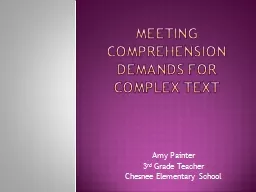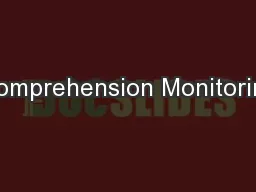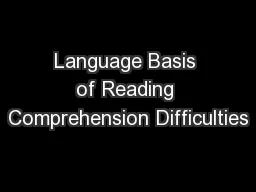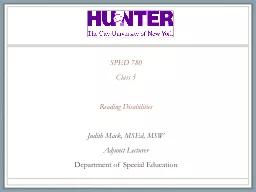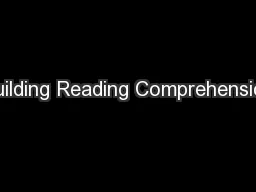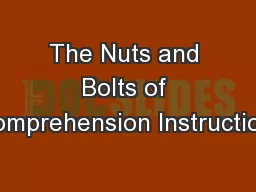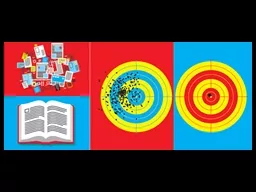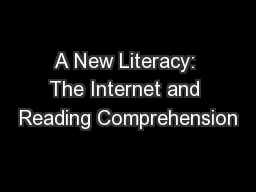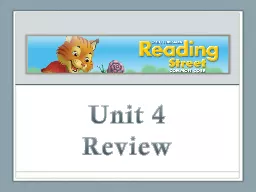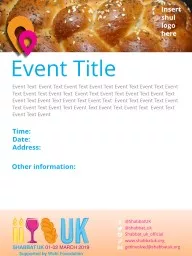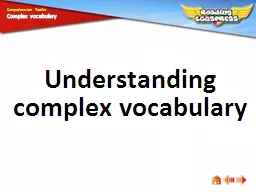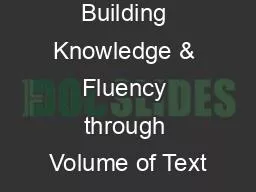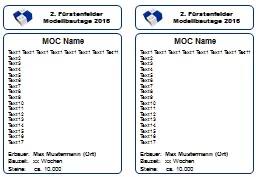PPT-Meeting comprehension demands for Complex text
Author : celsa-spraggs | Published Date : 2016-09-18
Amy Painter 3 rd Grade Teacher Chesnee Elementary School Agenda for Our Time My Road Block What is Text Complexity Common Core Implementation Complex Text Analysis
Presentation Embed Code
Download Presentation
Download Presentation The PPT/PDF document "Meeting comprehension demands for Comple..." is the property of its rightful owner. Permission is granted to download and print the materials on this website for personal, non-commercial use only, and to display it on your personal computer provided you do not modify the materials and that you retain all copyright notices contained in the materials. By downloading content from our website, you accept the terms of this agreement.
Meeting comprehension demands for Complex text: Transcript
Download Rules Of Document
"Meeting comprehension demands for Complex text"The content belongs to its owner. You may download and print it for personal use, without modification, and keep all copyright notices. By downloading, you agree to these terms.
Related Documents

